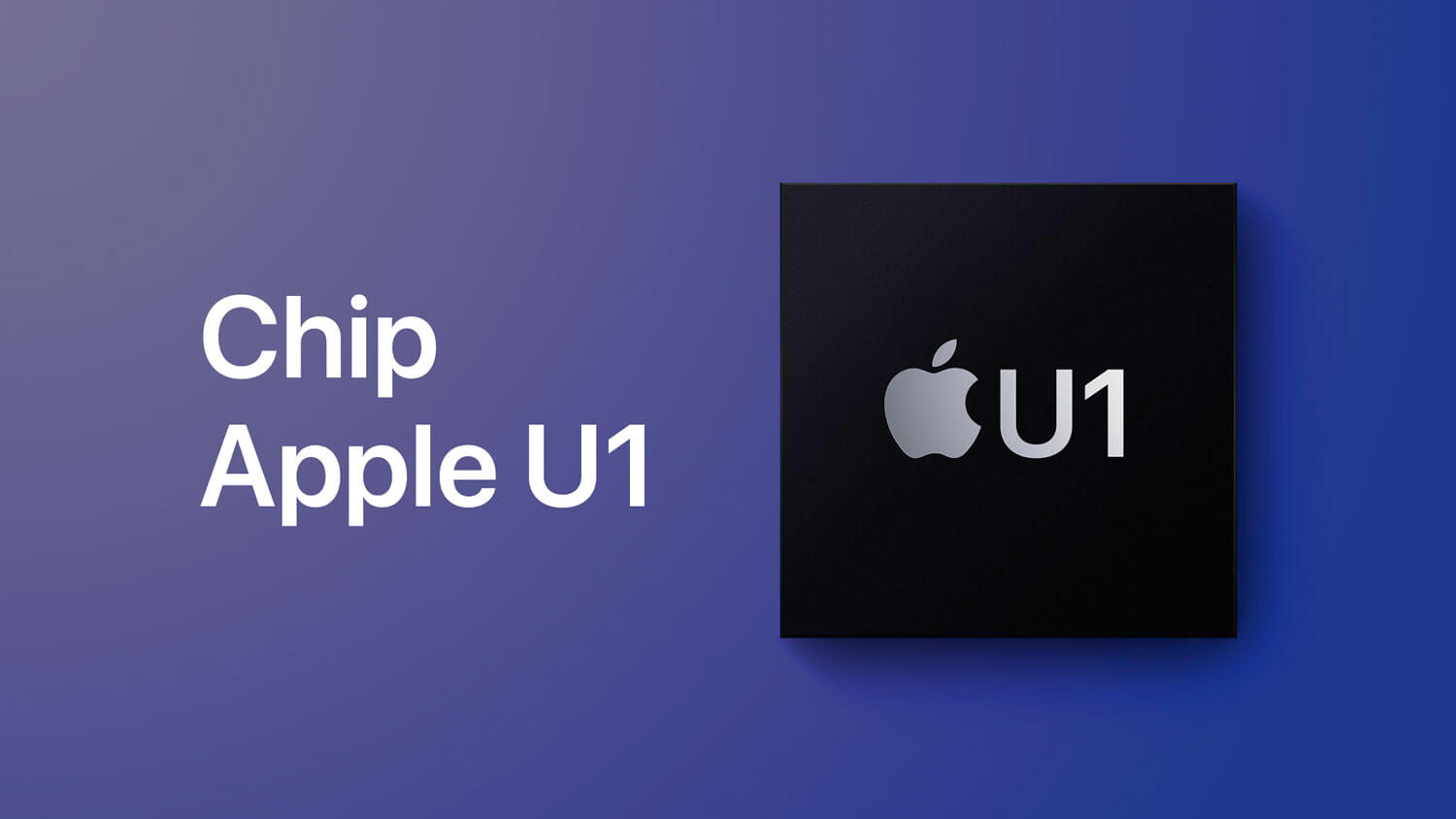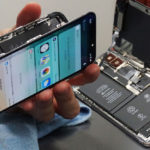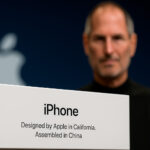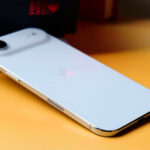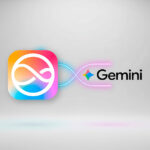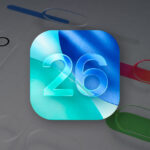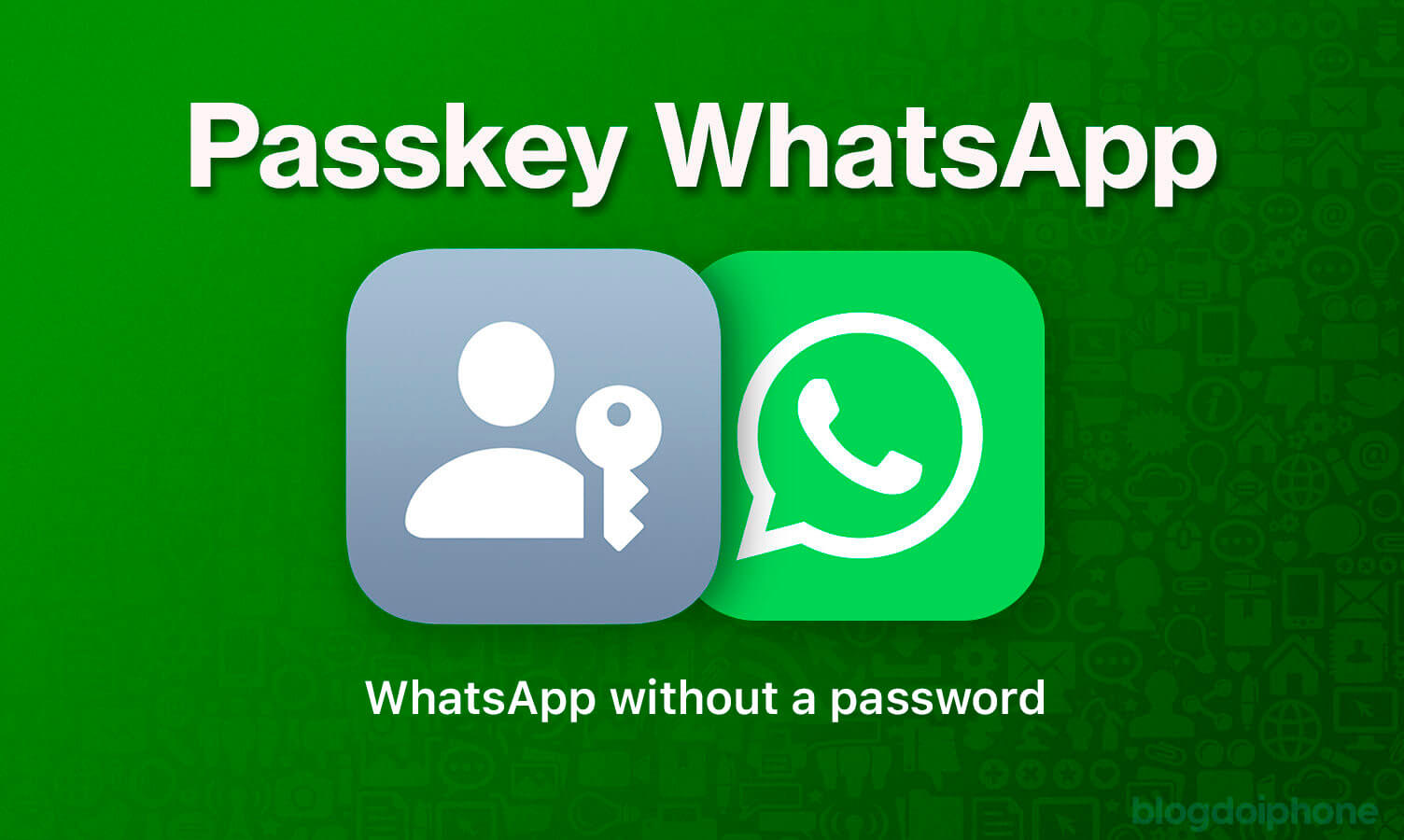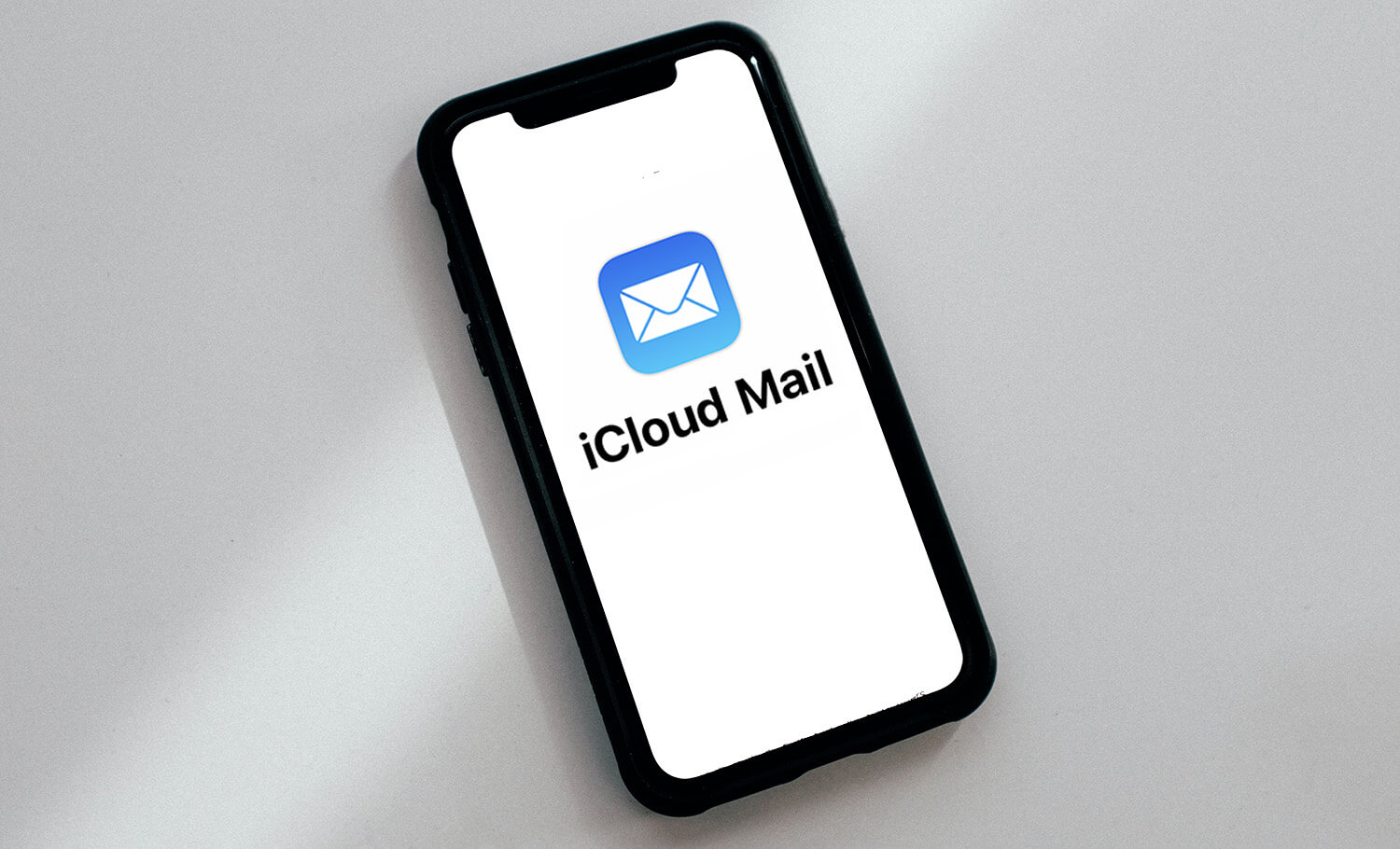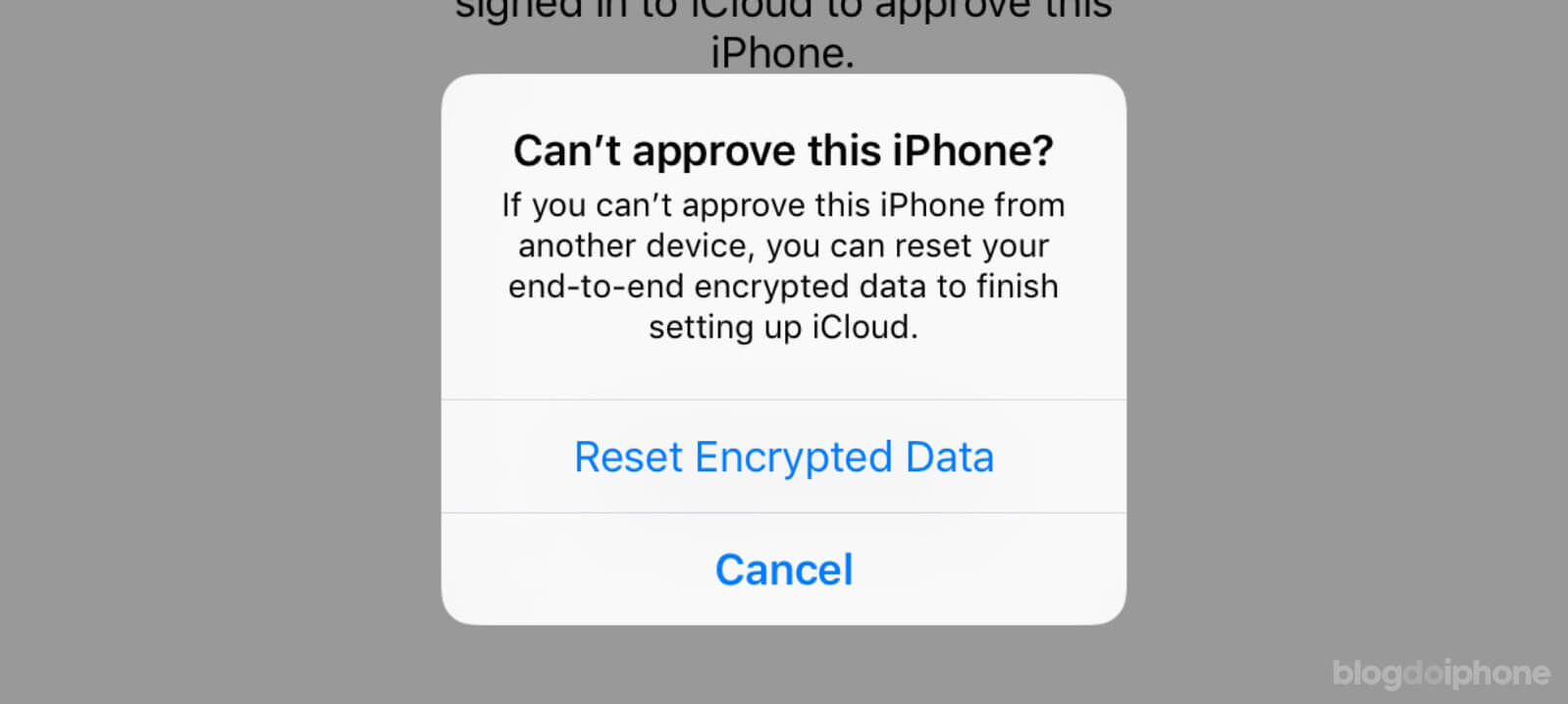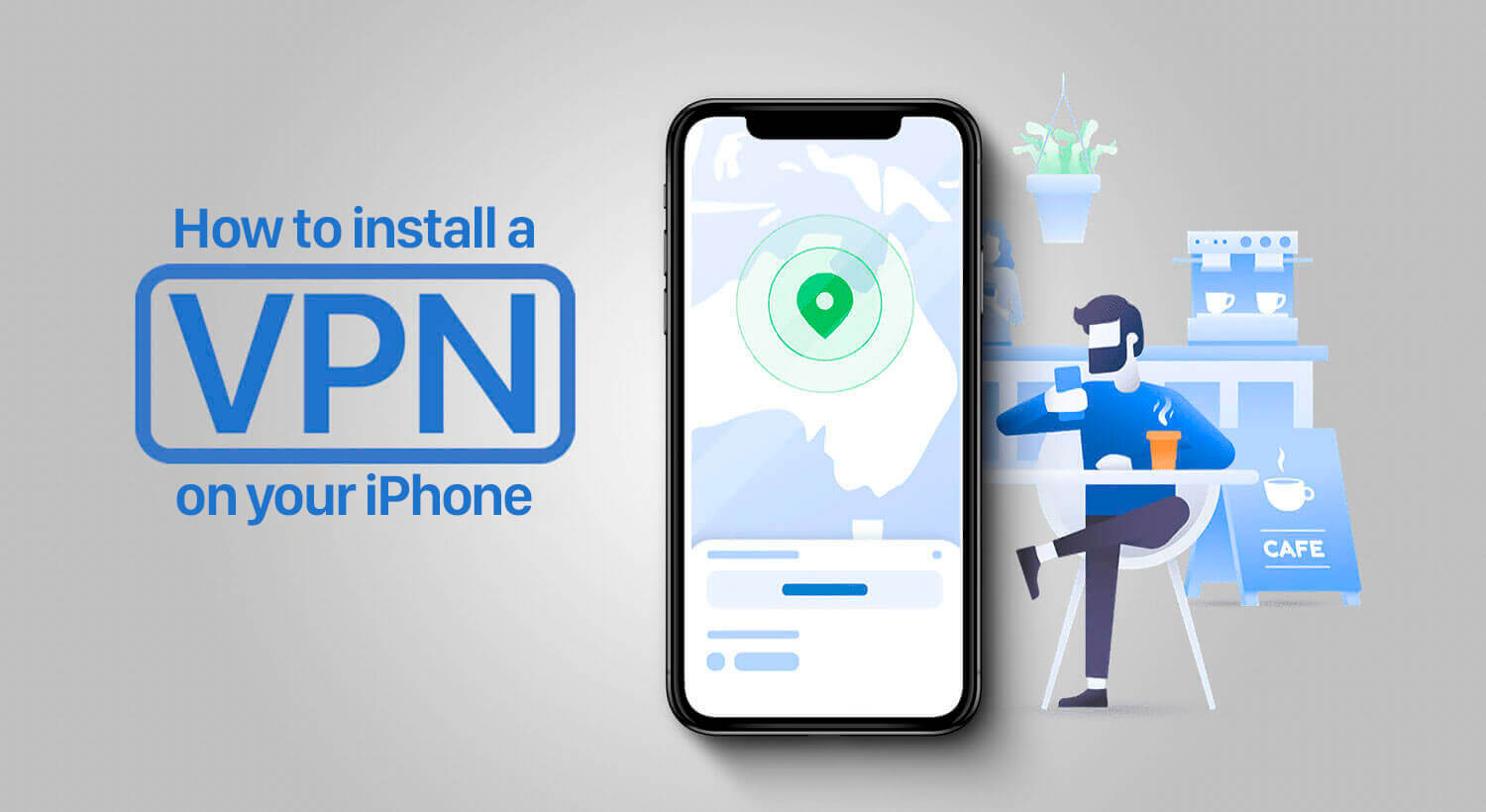When Apple introduced the iPhone 11 in 2019, it quietly debuted a new component destined to transform how our devices perceive space: the Apple U1 chip.
At the time, the feature set was limited, so few noticed. Today, as Apple’s ecosystem leans into ultra‑wideband (UWB) technology, the U1 chip delivers precision location services that outclass Bluetooth and GPS for short‑range interactions.
In this article, you’ll learn what the U1 chip is, how UWB works, its key applications, which products include it, and what the future holds. Let’s dive in.
What Is the Apple U1 Chip?
Apple describes the U1 chip as “using ultra‑wideband technology for spatial detection, allowing the iPhone to accurately locate other Apple devices that also have the U1 chip”.
In plain English, it’s a mini radar:
- Ultra‑Wideband (UWB): A high‑frequency, low‑power radio protocol.
- Spatial Detection: By measuring the time‑of‑flight of radio pulses, UWB can gauge distance and direction between U1‑equipped devices with centimeter‑level precision—far beyond Bluetooth or GPS accuracy .
Think of your iPhone as carrying a micro radar sensor dedicated solely to pinpointing nearby UWB‑enabled devices.
What does U1 mean?
The “U” in U1 stands for ultra-wideband. UWB is a short-range wireless communication protocol that is used by many technology companies, not just Apple.
This technology is not new and has been tested by many tech companies. But Apple, with the U1 chip, was one of the first to put it in a common device – the iPhone 11.
The advantage that UWB offers over existing technologies is that it is much better in a band with greater precision, so that two UWB devices know where each other is with much more precision than Bluetooth or GPS.
How Ultra‑Wideband Works
- Pulse Transmission: A U1 chip sends out very short radio pulses across a wide spectrum.
- Time‑of‑Flight Measurement: The receiving U1 chip notes exactly when the pulses arrive.
- Distance & Direction Calculation: By comparing send and receive times, devices compute both distance and angle.
This “time‑of‑flight” system yields far finer granularity than Bluetooth RSSI (signal strength) or satellite‑based GPS, which can be off by several meters
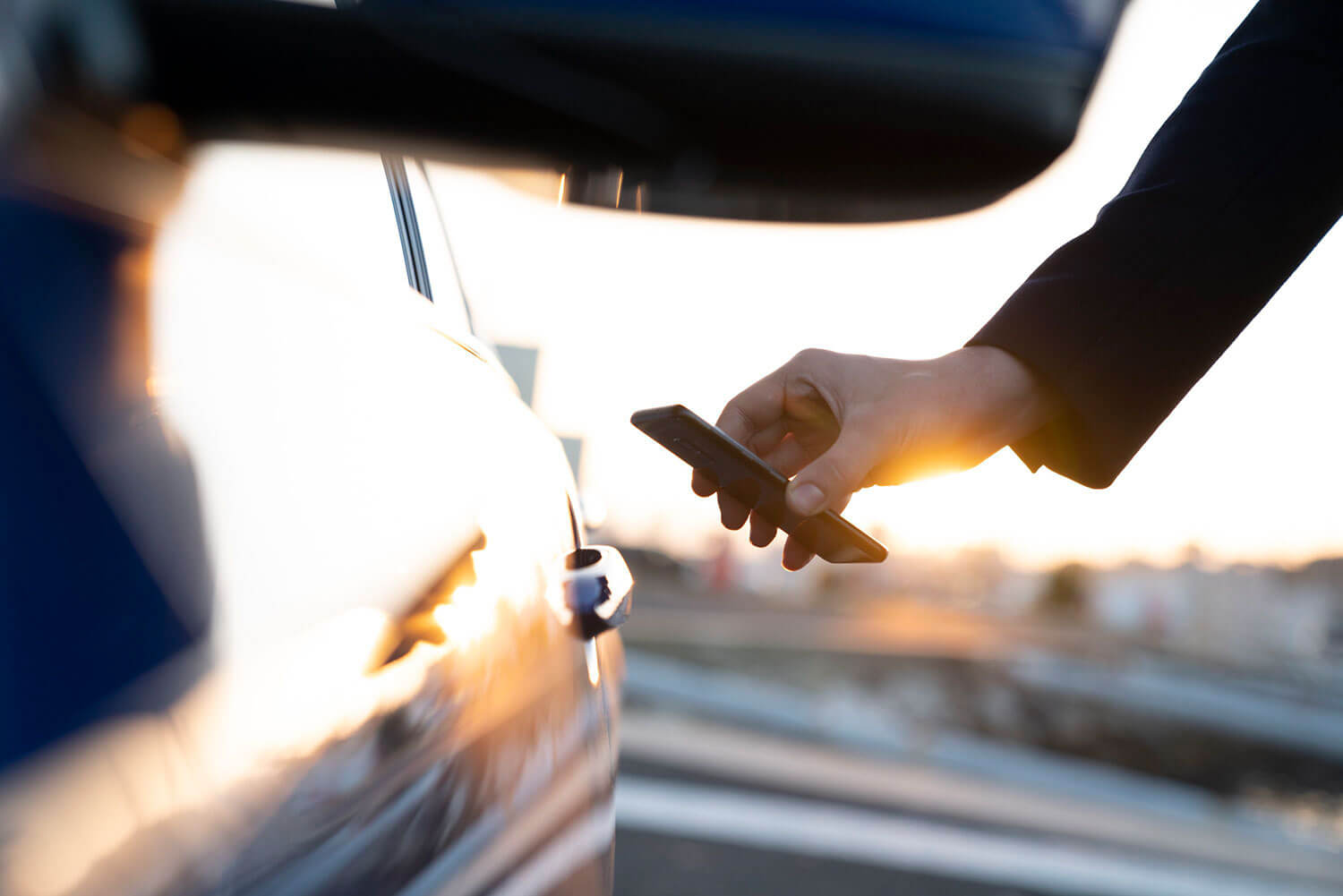
In the HomePod mini, music transfer is easier because it knows exactly where the iPhone is and what you’re doing.
The AirTags also use the U1 chip, so finding them is more precise than Bluetooth, using a system called “Precision Finding”.
Key Applications of the U1 Chip
Precision Finding with AirTag
- What It Does: Guides you with on‑screen arrows and distance readings to your lost AirTag.
- Benefit: Locates keys, bags or other tagged items in cluttered environments with unmatched precision.
Smarter AirDrop
- What It Does: Prioritizes the nearest U1‑equipped iPhone when sharing files.
- Benefit: Eliminates guesswork—your intended recipient always appears first.
Enhanced CarKey Functionality
- What It Does: Uses UWB to sense exactly where your iPhone or Apple Watch is relative to your car’s UWB‑enabled lock system.
- Benefit: Enables hands‑free locking/unlocking and more secure digital car keys.
HomePod mini Handoff
- What It Does: Detects which room your iPhone is in and seamlessly transfers audio playback.
- Benefit: Instant, context‑aware handoff of music or calls across your smart‑speaker network.
Third‑Party Device Tracking
Possible Uses: Imagine tagging tools, bikes or headphones with UWB tags—and your iPhone will guide you to them.
What It Means: Apple has opened Find My to UWB‑capable third‑party accessories.
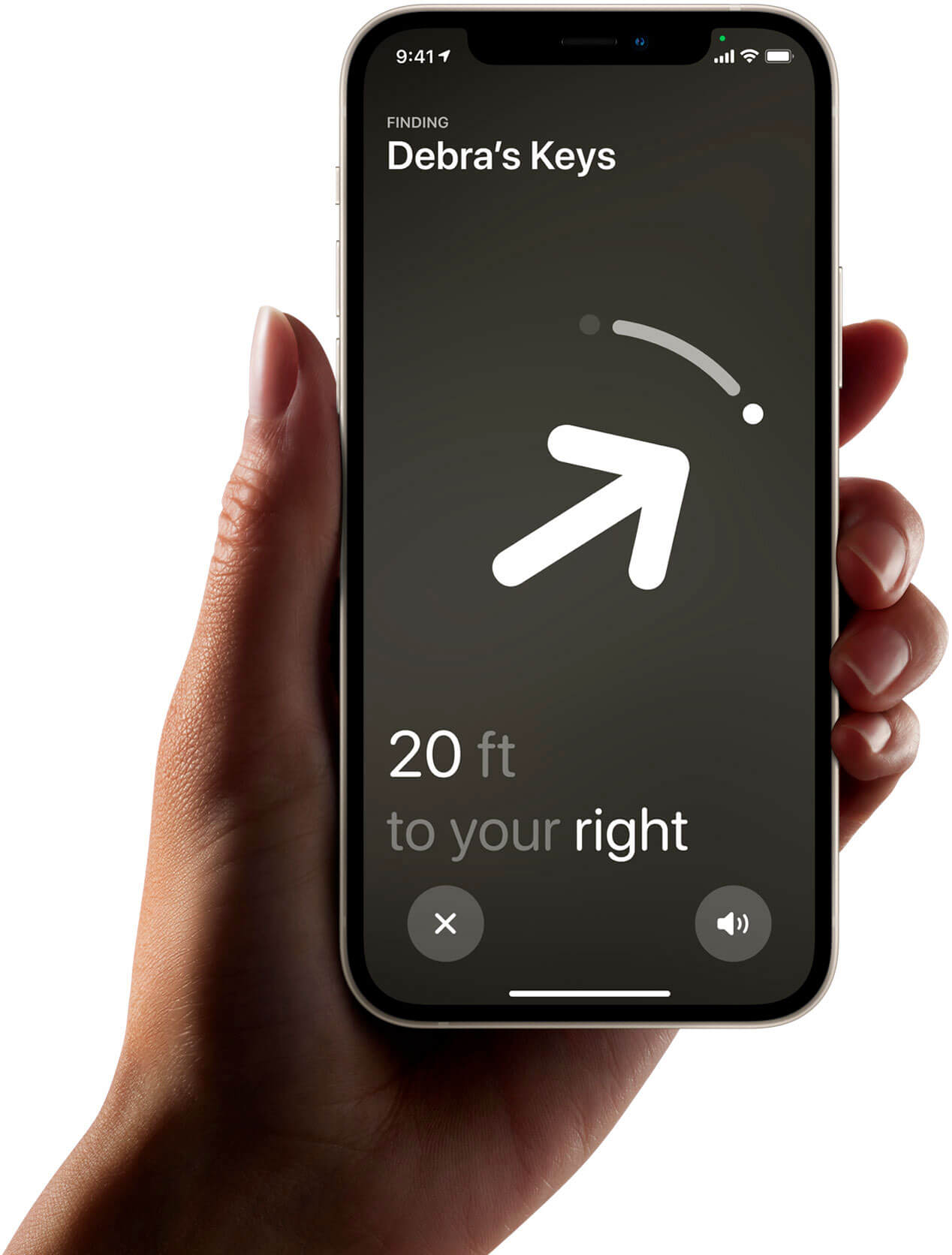
Devices with the U1 Chip
As of May 2025, these Apple products include the U1 chip :
| Product Line | Models |
|---|---|
| iPhone | 11, 12, 13, 14, 15 and 16 series |
| Apple Watch | Series 6, 7, 8, 9, 10, 11, Ultra |
| Speakers & Tags | HomePod mini; AirTag |
Any device lacking U1 cannot participate in Precision Finding or directional UWB interactions.
UWB vs. Bluetooth & GPS: A Quick Comparison
| Technology | Range | Accuracy | Best Use Case |
|---|---|---|---|
| UWB | ~10 m | ~10 cm | Precise indoor/short‑range |
| Bluetooth | ~30 m | ~1–3 m | General‑purpose wireless |
| GPS | Global | ~5–10 m | Outdoor navigation |
UWB’s narrow focus on short‑range precision makes it ideal for device‑to‑device location tasks where even a few centimeters matter.
Future Outlook
With Apple’s encouragement, UWB technology is expected to grow significantly in the coming years.
Google is already including APIs of this nature in the upcoming Android 12, and Samsung is already using ultrawideband on its latest high-end smartphones (Galaxy Note 20 Ultra, Galaxy S21 Ultra, and Galaxy S21+).
Therefore, it is very likely that in the coming months we will see more and more accessories that take advantage of this chip, providing more possibilities for the user.
Volkswagen, for example, is considering including UWB technology in children’s seats to deactivate airbags depending on where the seat is installed, among other applications.
Even Tile, which has always been a leader in tags to locate objects, is considering adopting the UWB system in its products to increase compatibility and not fall behind.
So, everything indicates that we will see good applications for the Apple U1 in the coming years.
It is a technology that perfectly suits wireless devices (like our mobile phones) and wearable accessories.
So, imagine what awaits us.

